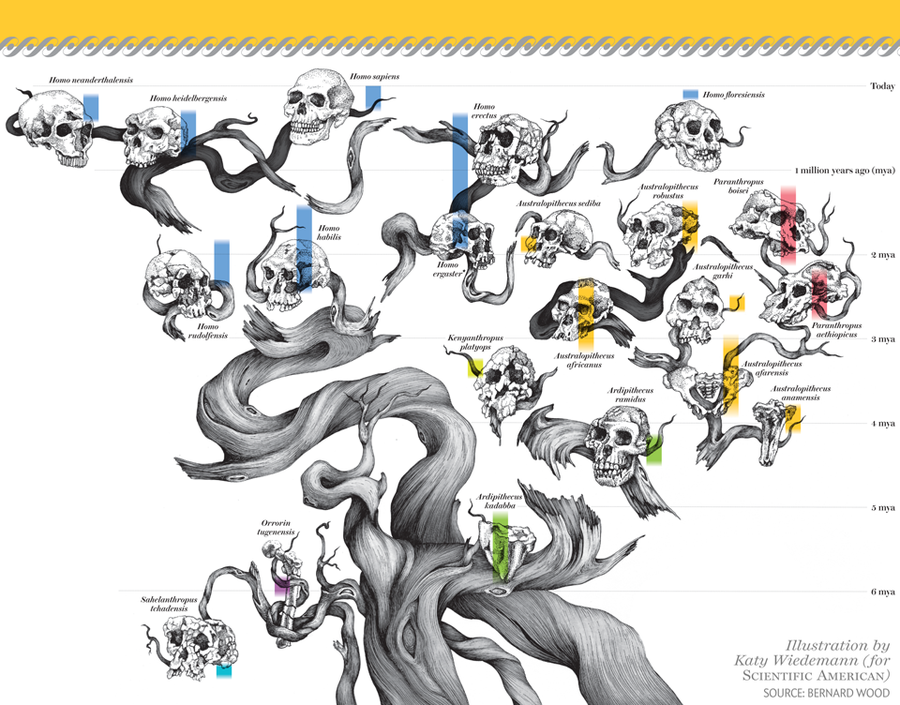HUMAN FAMILY TREE used to be a scraggly thing. With relatively few fossils to work from, scientists' best guess was that they could all be assigned to just two lineages, one of which went extinct and the other of which ultimately gave rise to us. Discoveries made over the past few decades have revealed a far more luxuriant tree, however—one abounding with branches and twigs that eventually petered out. This newfound diversity paints a much more interesting picture of our origins but makes sorting our ancestors from the evolutionary dead ends all the more challenging, as paleoanthropologist Bernard Wood explains in the pages that follow.

More on this topic: The Latest Fossil Finds Make the Puzzle of Human Evolution Harder Than Ever to Solve
On supporting science journalism
If you're enjoying this article, consider supporting our award-winning journalism by subscribing. By purchasing a subscription you are helping to ensure the future of impactful stories about the discoveries and ideas shaping our world today.
New Evidence Shows How Human Evolution Was Shaped by Climate